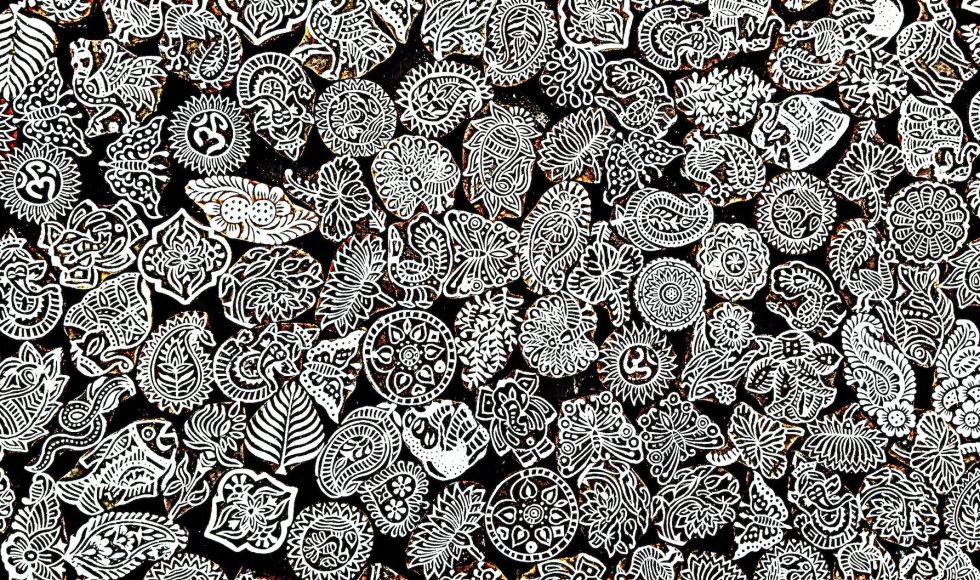Arwyn Edwards from Aberystwyth University in the UK presented at London Calling 2019 on “MinION sequencing from the extreme to the everyday.” The acknowledged the support to perform sequencing in extreme environments. Edwards began with sequencing in subzero environments to provide insights into climate change. Edwards spoke about the carbon footprint of fieldwork and how […]
Mahesh Dharne from the CSIR National Chemical Laboratory in India presented at London Calling 2019. The session’s title was “Metagenomics of India’s largest River Ganges confluence at Prayagraj, India using MinION sequencing.” The Ganges is the largest river in India and third in the world. With this program, the research team is mapping the metagenomes […]
Rob James from the University of Warwick in the UK presented a session titled “From amplicons to metagenomes: long-read sequencing the environment” at London Calling 2019. James spoke about complex environmental matrices such as soil, sediment, and excreta that are often impure and biologically and chemically contaminated. Different extraction methods are used depending on the […]
Amanda Warr from The Roslin Institute in the UK presented at London Calling 2019, “Going full circle: assembly of high-quality, single-contig microbial genomes from the rumen microbiome using long-read sequencing.” I had not watched this session before! They spoke about the rumen: a specialized stomach with a complex microbial environment. They are interested in the […]
Sarah Stellwagen from the University of Maryland, Baltimore County, spoke at the Nanopore Community Meeting 2019 on arachnids! The title of the session is “Advances in arachnid genomics using Oxford Nanopore’s MinION.” They study spider silk genetics and also harvestmen. Stellwagen explained that there are several different types of silk to make egg sacs, joints, […]
Allison Guitor spoke at the Nanopore Community Meeting 2019 on “Harnessing long-read sequencing for antibiotic discovery.” Guitor is from McMaster University in Canada. They noted that antibiotic resistance is on the rise, and there are multidrug-resistant infections. One of the challenges is that bacteria have membranes and mechanisms to remove antibiotics. Guitor shared a timeline […]
Tonight I watched Seda Mirzoyan from Rutgers University present on “Using SIP and MinION sequencing to uncover active microbial communities in blueberry farm and forest soil systems.” This presentation was recorded at the NCM 2019. They spoke about characterizing active microbial communities in farms and soil systems because of the importance of blueberries in the […]
Ema Corro from MYCOmmunity Applied Mycology Inc. in Australia presented at London Calling 2021 on “How MinION sequencing is opening up new possibilities in citizen science and fungal conservation.” I have been thinking about citizen science and community engagement lately. I thought this session would help. Corro spoke about fungi as vital to ecosystem health. […]
Koen Deserranno from Ghent University in Belgium presented a lightning talk at London Calling 2023. The title was “Advancing targeted haplotyping in pharmacogenomics using adaptive sampling.” For example, they explained that pharmacogenomics studies the genetic impact on drug efficiency. There is a need for long-read sequencing for some pharco genes. The current pharmacogenomics information, Deserranno […]
Harika Urel, a Ph.D. student in Lara Urban’s lab at the Helmholtz Al Institute and Technical University of Munich in Germany, presented at London Calling 2023 on “Squiggle analysis for metagenomic viability inference.” I watched this session a couple of months ago and wanted to return to it in preparation for summer research and the […]











